Why Incorporate Special Education Strategies in Social Studies Classes?
As educators, we are constantly reflecting on how we can improve our teaching strategies to best support our students. We frequently search for ways to provide equal access to materials and content, especially in subject areas such as Social Studies and Science, for special education students. Special and general education educators recognize the importance of providing high-quality academic support in ALL content areas. In this article, I’ll discuss three special education strategies in social studies classrooms that teachers can implement to help all students access grade level content.
About 14% of all students in the US in 2019 – 2020 received special education services. Differentiated instruction has become a common phrase or the “norm” in our daily lives in education. From expectations from administrators to conversations with colleagues, differentiation has become one of our focus points as educators. We find ourselves asking how we can make the content accessible for all students. How do we create an environment where students can take risks, be creative, and take ownership of their learning?
There are several ways we can make content area topics accessible to all learners. If you try out the following strategies, all learners can have a seat at the table.
How to Incorporate Special Education Strategies in Social Studies
Have you ever found yourself reading a content-heavy text and only skimming for the most important details? Don’t be shy – raise your hand! Mine is raised! We naturally start skimming for the most important details when the text becomes too heavy with information that is nice to know, but not the most important.
When it comes to Social Studies, it is okay to provide just the main details to help the students understand what is happening in history. Knowing years and locations are all great, but there is a movement to focus more on the why it happened instead of the nitty-gritty details. It is important to help students to not be bogged down by all the specific little details, and instead help them to apply the information to the real world and navigate current events.
Here are three special education strategies in Social Studies Classes to help all students access grade level content:
- Chunk It – We have all been in a situation where we are given a big project with no guidance. Bells and whistles go off in our head and a big, heavy blanket of overwhelm covers us! I can confidently say we all dislike that feeling, so we definitely don’t want to create that feeling for our students. Projects can be given to students in parts. After one part is finished, they receive the next part of the project. This lessens the feeling of anxiety, and helps them have a clear path from start to finish.
- Provide Checklist of Steps – Strategy #2 is taking clear steps from the project and placing them all together in one list with checkboxes. As students finish each step, they can go to their checklist and check off what they have completed. This provides a visual to see what they have accomplished and what they still need to do. The checklist will also help the student to focus on one step at a time, instead of getting lost in all the details of the project.
- Provide Students Choice in the Project – When planning out projects, one of the most important steps is to know what you want your students to take away from this learning opportunity. Can the outcome have multiple ways for students to share what they learned? Creating opportunities for students to share their knowledge through their strengths might include making a podcast, creating a poster, or writing a five-paragraph essay. Allowing students to have choice in their projects is a win-win situation because it gives them free expression to interpret the information they discovered and you receive an end product that is an accurate representation of what your students understand.
Learn more about these strategies in action here!
Planning Social Studies Lessons
When planning Social Studies lessons, it’s important to first think about what you want your students to learn from this lesson. Once you have the end goal in mind, then you can shift your focus to your students’ strengths. They may all be different, so this is where having student choice is beneficial! Providing choices for students increases student-driven learning and strengthens their ownership of their work. While planning the choices, think through the different strategies mentioned above to adapt the materials and concepts to meet your students where they are.
In Social Studies, some skills special education students need include instruction about the main details of the events, locations, and people in history. They then need to be able to develop an understanding of that information to apply it to our world and society in 2022. It is one thing to learn about when the Civil Rights Movement started, but it is even more powerful in understanding the parallels between then and now as it continues on today.
This is when you can incorporate special education strategies in social studies classes. Adapt Social Studies content to help Special Education students understand and actively apply their knowledge of what is going on, and how events from our past impact our present.
Looking for a history project designed specifically for Special Education students. Here’s one of my favorites!
Special Education Strategies in Social Studies: Content and Differentiation
More and more students participate in an inclusive general education classroom environment. As of 2016, around 95% of students with disabilities spend a portion of their school day within their general education classroom with their peers. This doesn’t mean they have to receive the same exact materials and activities. You can adapt these to best aid their engagement in the activities.
Differentiation becomes easier with practice and experience. You can brainstorm a great idea on how to reach your student and then implement it, only for it to crash and burn. Other strategies are so effective you wish you had known about them sooner. The best thing to do is to keep trying, implementing, and reflecting on these strategies as you keep your end goal and your students in mind while you work to make the content materials more accessible for your students!
After reading this helpful guide, I hope you feel empowered to teach Social Studies to all of your students.
Ready to try incorporating a differentiated social studies project into your classroom? Kick off your instruction with this city research project that is perfect for all of your students. You can watch a short video clip of this project here.
Need Warm Up Ideas for Your Social Studies Classes?
Check out this blog post with 3 warmup ideas for your social studies class!
Don’t Forgot to Also Join My Email List and Grab Your Free Review Game

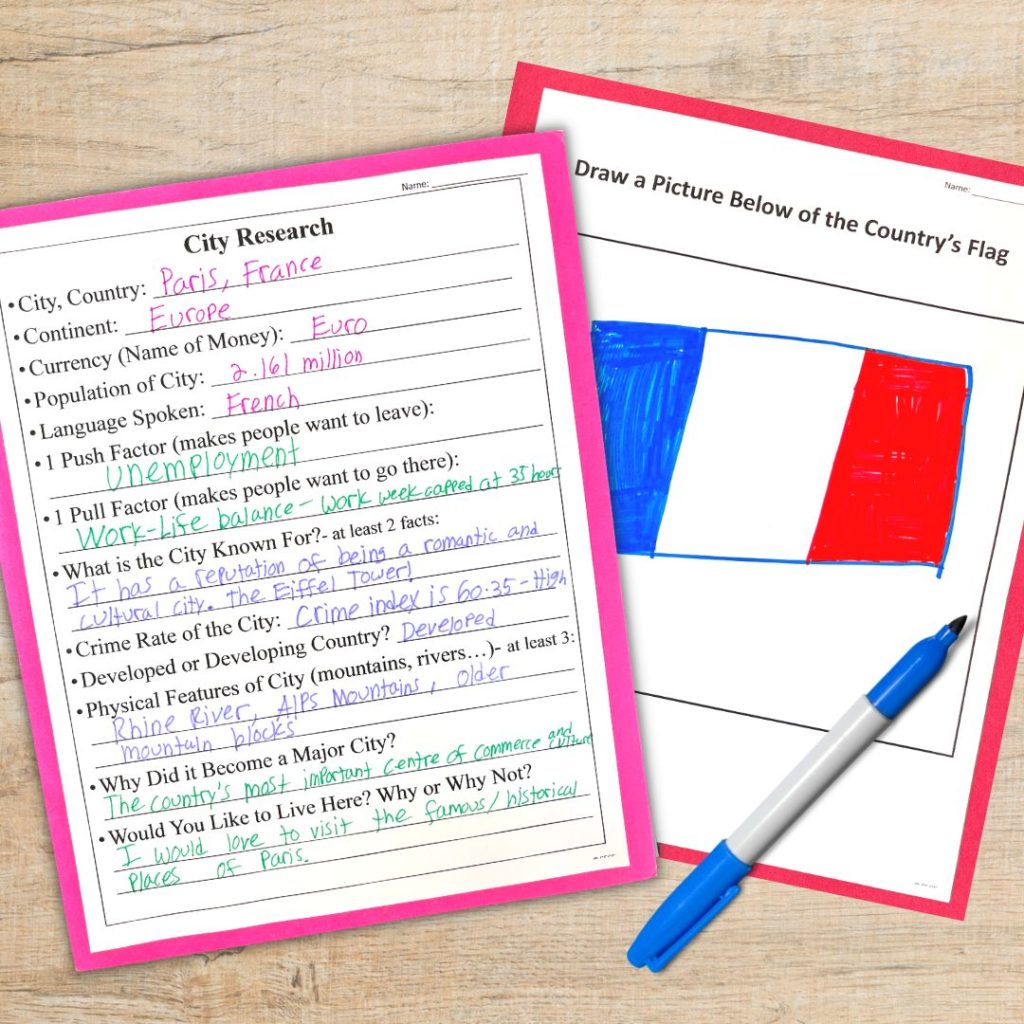





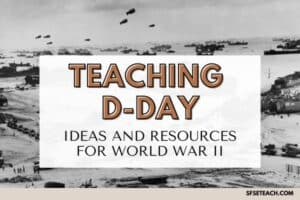
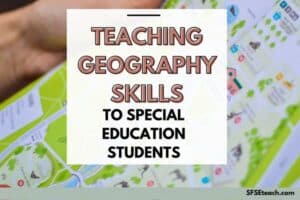


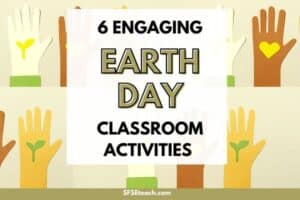
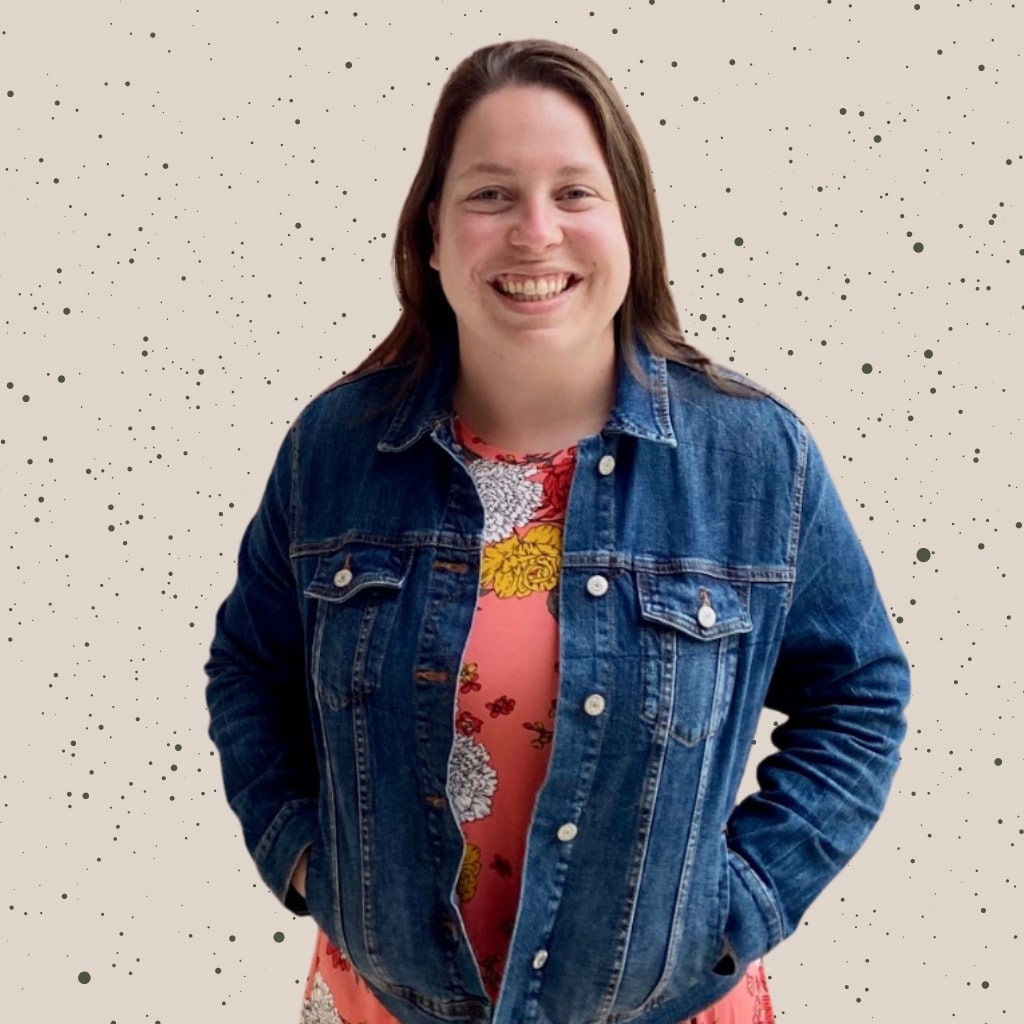
5 Responses